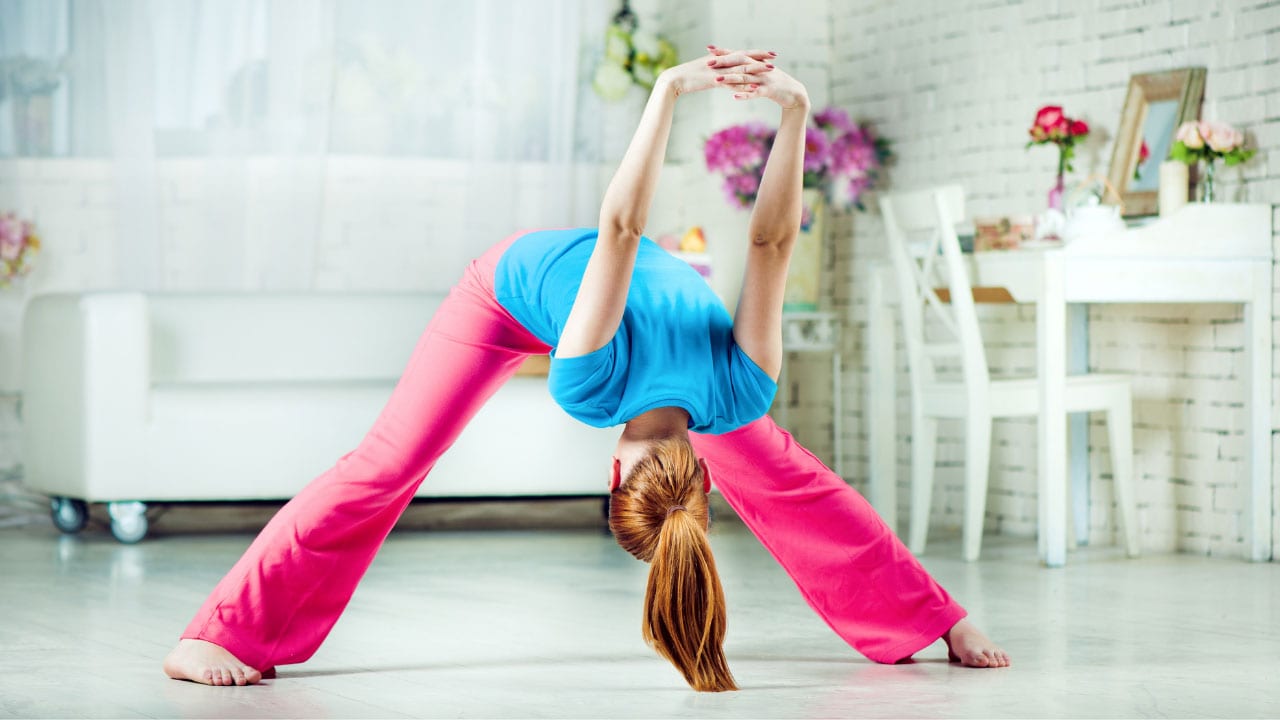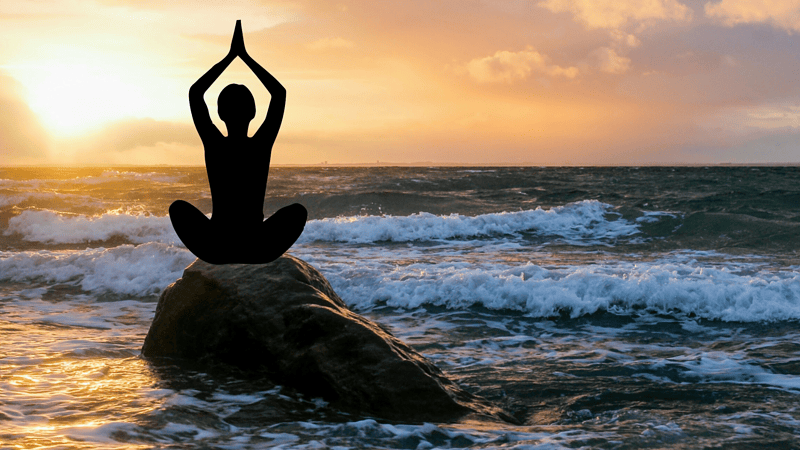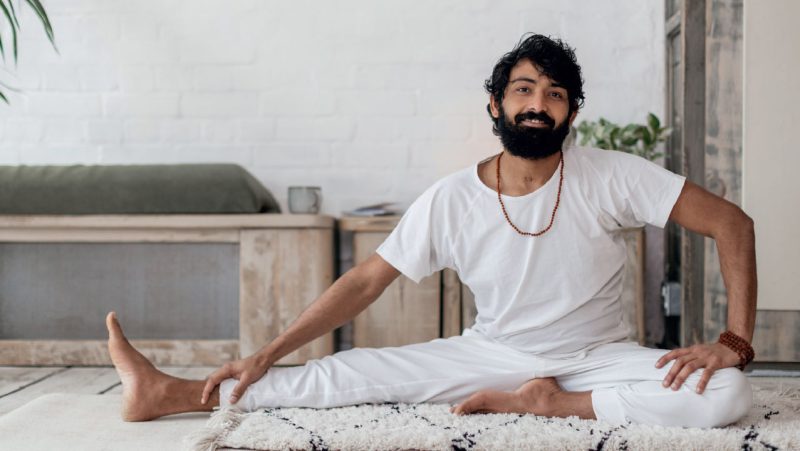
What you don’t need for yoga
Ditch the expensive mats and props, all we really need to start our yoga practice is an intention. By Vicky Richings
This week I stumbled upon an advert for a yoga mat. The mat itself wasn’t what caught my attention, it was the price. The Prada yoga mat cost £1,600. It got me thinking: does anyone really feel that they need a designer yoga mat to practice? In fact, what other yoga paraphernalia do we think we need for our practice, but in reality, we don’t?
Let’s start with mats and props. While it is good to have a grippy mat that stops your hands slipping in downward dog this isn’t essential to our practice. While on my yoga teacher training course a fellow student chose to use a towel as a mat. She said that this meant her asana practice wasn’t limited to wherever she could take her mat. This was somewhat of a revelation to me, she was so right!
While we may choose not to use the floor as our practice space, a simple towel, damp if extra grip is needed, works perfectly for asana practice. I have practiced in airport departure lounges, at the top of the hill at Glastonbury Tor and in the park without the need for a mat before. Aparigraha (non-attachment) is the last Yama (observance) in Patanjali's Eight Limbs of Yoga — by practicing non attachment to our mat, it frees us to practice our asana anywhere and anytime!
Now let’s think about props. Blocks, straps and bolsters can be really useful in our practice, but we can use items that we already own. A couple of books can do the same job as a block. A dressing gown belt, scarf or even a tie work well as a strap. Bolsters can be easily replaced with a couple of pillows; I actually find this more comfortable than a bolster for restorative poses.
With all the movement in yoga we need to be wearing something that comfortably accommodates the shapes that we make with our bodies. There are so many options of beautifully patterned leggings, tops with yoga slogans and even yoga underwear.
While these are designed for movement, they don’t really have any effect on our asana practice.
When I first started teaching I was convinced that I needed to invest in some lovely leggings and other yoga ‘gear’, but I have since come to the conclusion that practicing in whatever I find comfortable is really what matters. I often teach and practice in band tee-shirts and pyjama bottoms – they give freedom to move and don’t cost a fortune. In fact, not buying new yoga clothes means that I am also being more environmentally conscious.
Something that can stop us practicing is thinking that we need a quiet special space for our asana practice.
While a lucky few may have a spare room which can be dedicated to their yoga practice, in reality, most people live with other people and the place of their home practice is a space shared with other household members.
The last year of lockdowns has been an education in how to make our yoga work in the most challenging of spaces. If we welcome the challenges that shared or difficult spaces bring, it can help to increase our focus on the practice, allowing us to retain a sense of equanimity as dogs bark and lick our face, cats walk over us and we try to avoid knocking over lamps and bumping into coffee tables. Okay, this is sometimes very challenging, but the fact that our practice endured, shows that we really don’t need that special space.
Historically, yoga wasn’t practiced on mats in studios while wearing special clothing. While some may love their mat and leggings and prefer to practice in a studio, which is all valid, it may be good to remember that none of this is necessary. If we were to wake up with nothing tomorrow, we would still have our yoga practice. That is the magic of yoga.







